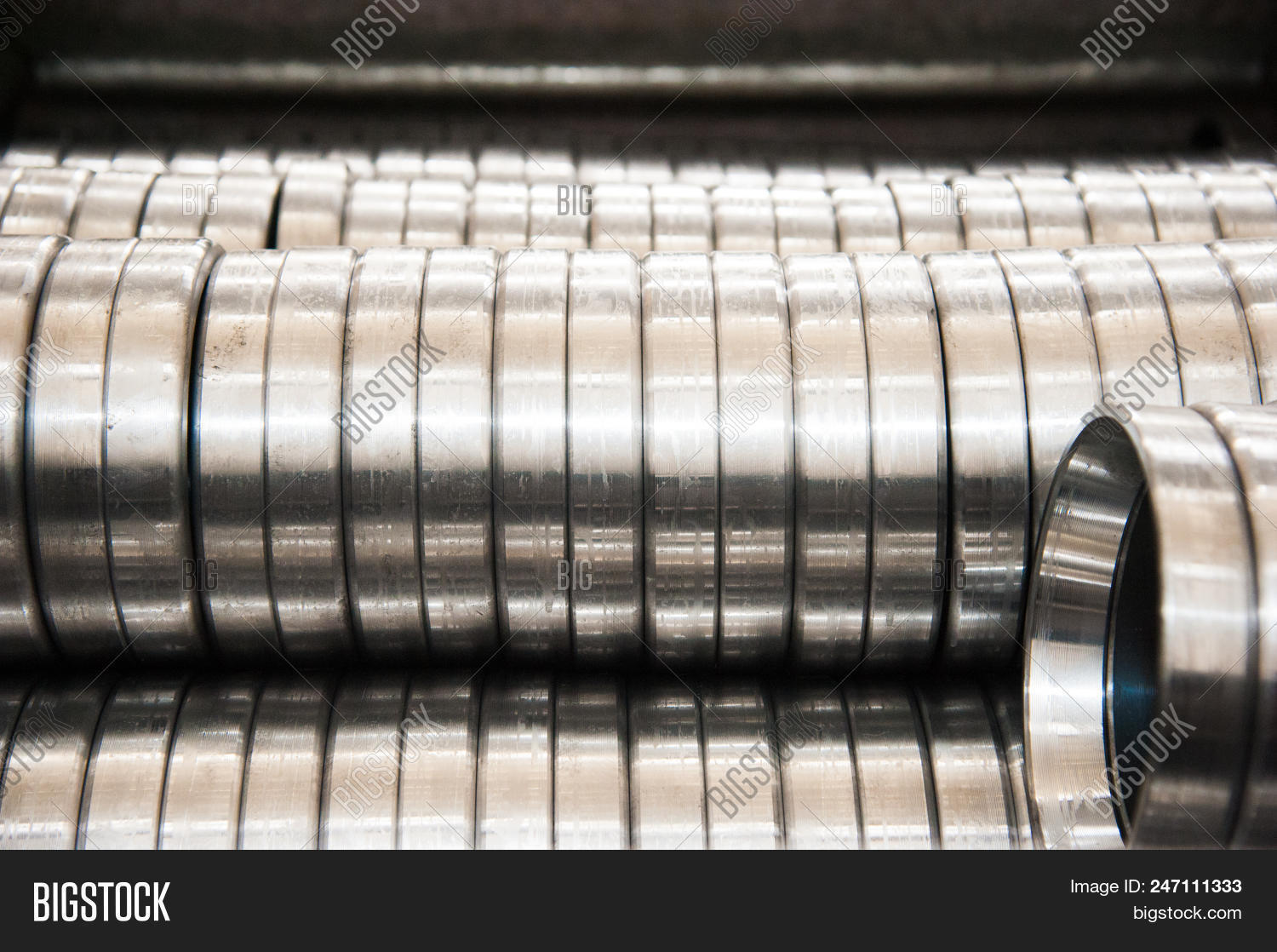The Lifecycle of Bearings An Overview
The Lifecycle of Bearings An Overview
Blog Article

The manufacturing of bearings, a critical component in numerous machines and vehicles, has a significant yet often overlooked environmental footprint. From the extraction of raw materials to the energy-intensive processes involved in production, every stage of bearing manufacturing contributes to ecological degradation. Consider this: the production of steel, a primary material used in bearings, is responsible for approximately 7% of global carbon emissions. Such figures raise essential questions about sustainability and responsibility in manufacturing practices.
The Lifecycle of Bearings: An Overview
Bearings are essential for reducing friction in machinery, enabling smoother operation and energy efficiency. However, the journey of a bearing from raw material to finished product is fraught with environmental challenges. The lifecycle begins with the extraction of materials such as iron ore, and nickel, which are often mined in ways that can severely damage local ecosystems. Deforestation, soil erosion, and pollution from mining activities are just the tip of the iceberg.
[IMAGE]
Manufacturing Processes and Their Impact
The manufacturing phase introduces additional environmental concerns. The processes used to forge, machine, and assemble bearings consume vast amounts of energy, predominantly from fossil fuels. A staggering amount of water is also utilized for cooling and cleaning, leading to potential water scarcity in regions where these plants are located. Furthermore, the waste generated during production—metal shavings, lubricants, and other byproducts—can contaminate local water sources if not managed properly.
Moreover, the emissions from production facilities contribute to air pollution, harming both the environment and public health. There’s a pressing need to address the Environmental Impact of Bearing Manufacturing to mitigate these issues effectively. Companies must adopt cleaner technologies and implement stricter waste management protocols to reduce their ecological footprint.
Recycling and Sustainable Practices
As awareness of environmental issues grows, the focus on sustainable practices in bearing manufacturing has intensified. Recycling is one significant way to minimize the impact. Many manufacturers are beginning to reclaim materials from old bearings, reducing the need for new raw materials. This not only conserves resources but also cuts down on emissions related to the extraction and processing of new materials.
Innovations such as using biodegradable lubricants and energy-efficient machinery are also on the rise. These advancements can help lower energy consumption and reduce harmful emissions. For instance, renewable energy sources, such as wind and solar, are being integrated into manufacturing processes, paving the way for greener production methods.
Consumer Awareness and Corporate Responsibility
Ultimately, consumer choices play a crucial role in shaping the future of bearing manufacturing. As more consumers demand sustainable products, companies are compelled to adopt environmentally friendly practices. Awareness campaigns and certifications can guide consumers toward brands that prioritize sustainability. Corporate responsibility in this sector is not merely an ethical obligation; it is becoming a market necessity.
By choosing products from companies that demonstrate a commitment to reducing their environmental impact, consumers can drive change in the industry. This collective effort can lead to a more sustainable future, not only for bearing manufacturers but for the planet as a whole.
Conclusion: The Path Forward
The path toward more sustainable bearing manufacturing is undoubtedly complex, involving multiple stakeholders and a commitment to continuous improvement. As the industry evolves, it is vital that all players—from raw material suppliers to end-users—recognize their role in this ecosystem. By embracing innovative practices and fostering a culture of responsibility, we can significantly reduce the environmental impact of bearing manufacturing, ensuring a healthier planet for future generations.
Report this page